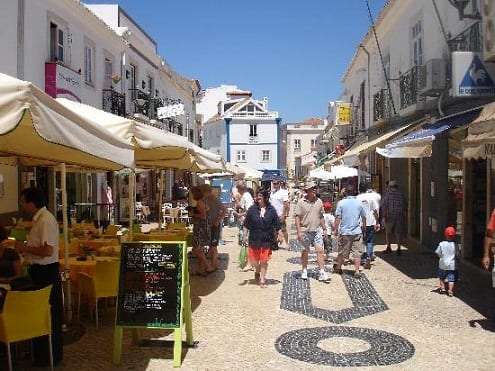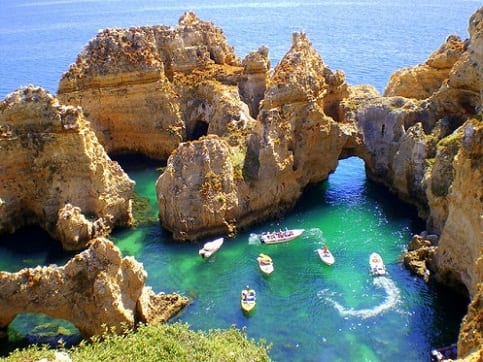Lagos is a city belonging to the district of Faro, region and subregion of the Algarve in the south of Portugal and has a population of 27 thousand people. The city has historical significance and is also an important tourist destination for its beaches.
Most of the inhabitants of Lagos have made their settlements along the coast and are employed in tourist activities. Areas away from the coast are used for agricultural purposes.
Visiting the Museum of the Municipal Museum of Lagos is to know the traditional tiles of the azulejo or the spectacle of the archaeological zone that exhibits a range of intriguing religious trappings. There is also the beautiful church of the Igreja de Sao Sebastiao located in Praça Luis de Camoes.
It should be noted that the first settlement in the Lagos region was called de laccobriga, which was founded around 2000 years before the birth of Christ by the Conios. This city was occupied by Carthaginians, Romans, barbarians, and Muslims and finally conquered by the Christians in the XNUMXth century.
Due to its location and economic importance, it became a very important focal point for Portuguese discoveries since the 1573th century, in XNUMX, it was converted into a city by King Sebastian, becoming the capital of the Kingdom of the Algarve, a position which it occupied during the Filipino rule.
In Lagos, ships (caravels) used by explorers were built and it was also in the city that the first slave market was created in Europe. However, it lost its importance in 1755 when it was devastated by an earthquake. In the XNUMXth century, it actively participated in the Napoleonic wars and the Portuguese Civil War and returned to some economic importance, with the introduction of the first industries from the middle of the century.
The economy of Lagos depends on fishing and other activities related to the sea. Like many coastal areas in Portugal, the city has also generated a large part of its income from tourism and other similar industries.

